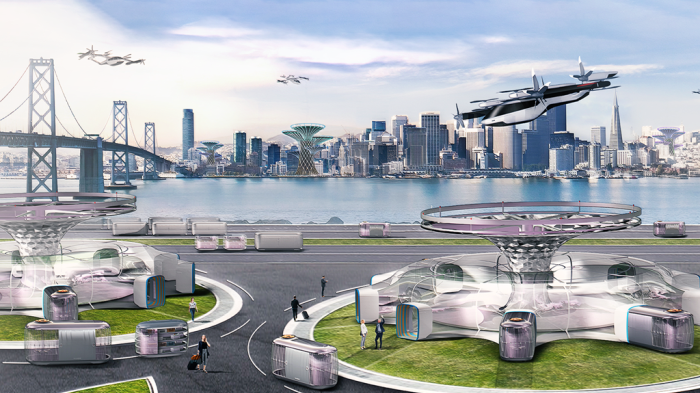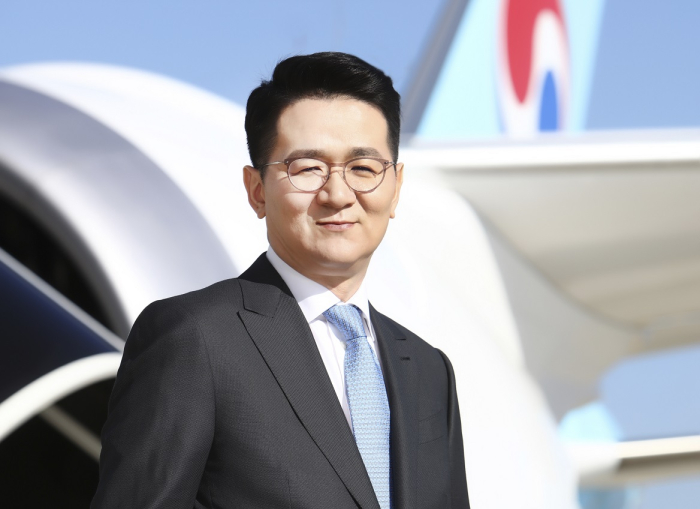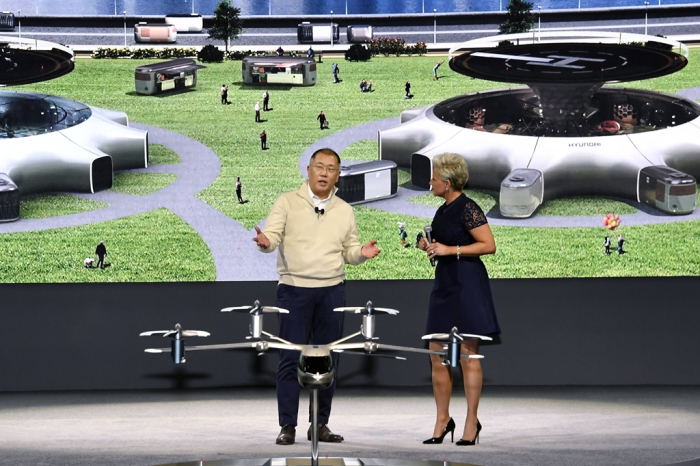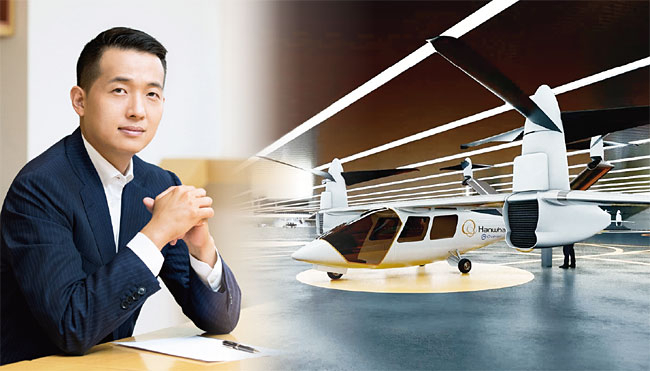[Exclusive] Urban air mobility
Korean Air joins race for flying car business to rival Hyundai, Hanwha
By May 06, 2021 (Gmt+09:00)
4
Min read
Most Read

Korean Air Lines Co. is entering into the business of urban air mobility (UAM), which is emerging as one of the most futuristic modes of transportation, as the airline is seeking a new growth engine.
According to airline industry sources on May 5, Korean Air last month launched an internal task force to push ahead with its UAM project. The team is composed of the companyŌĆÖs aerospace experts in charge of developing drones and unmanned aircraft, as well as aviation control employees, they said.
Korean AirŌĆÖs advance into the UAM business has been pushed by Hanjin Group Chairman and KAL Chief Executive Cho Won-tae, according to the sources.
ŌĆ£We are still in the early stage of developing an UAM system. But we have sufficient capability to move ahead of our rivals in that business,ŌĆØ said a Korean Air official.
The national flag carrier is already a member of the government-led UAM Team Korea, launched in June 2020 with an aim to offer flying car services in the Seoul metropolitan area by 2025.
The transport ministry said at the time that about 40 state organizations and companies, including Hyundai Motor and Hanwha, joined the public-private consultative body to push the UAM commercialization project forward.
Besides being a member of UAM Team Korea, Korean Air is independently developing its own flying car business as one of its new growth drivers, according to the sources.

HYUNDAI MOTOR ALREADY IN RACE
Once fully fledged, Korean Air will be competing with the Hyundai Motor Group and Hanwha Group, which are already in the race for flying cars.
Hyundai Motor Co. established its own UAM business division in September 2019 and appointed Shin Jae-won, who worked at NASA for 30 years, to lead HyundaiŌĆÖs smart air mobility solutions business.
In August 2020, the company partnered with British mobility firm Urban-Air Port Ltd. to push for a UK air mobility project, called the Air-One Project, in which the Korean automaker will support infrastructure and operations design and development.
Hyundai Motor, Korea's largest automaker, said last year it plans to unveil unmanned cargo aircraft by 2026.
Hyundai Motor Chairman Chung Euisun, who took the groupŌĆÖs leadership in October last year, has emphasized that the automaker will shuffle its business portfolio so that automobiles account for just half of its sales, followed by UAM with 30% and robotics at 20%.
During the 2020 US Consumer Electric Show, Hyundai unveiled its urban air mobility initiative, as well as showcasing its S-A1 air vehicle concept equipped with an electric vertical take-off and landing (eVTOL) system. The S-A1 concept was jointly developed with Uber Technologies Inc.
Hyundai is seeking strategic partnerships with LIG Nex1 Co. and Korea Aerospace Industries (KAI)┬Āto strengthen its UAM software development.

HANWHAŌĆÖS BUTTERFLY
Hanwha GroupŌĆÖs UAM business is led by Hanwha Systems Co., a defense and information technology service unit of the group.
In March this year, Hanwha launched an internal task force, dubbed Space Hub, led by the groupŌĆÖs heir apparent Kim Dong-kwan, to consolidate all future mobility-relevant resources and technology of its affiliates under one roof.
Hanwha Systems, which acquired a 30% stake in US air taxi startup Overair in January 2020, is jointly developing a personal air vehicle (PAV), Butterfly.
Hanwha is also seeking to establish a ŌĆ£verti-hub,ŌĆØ a city terminal for the takeoff and landing of air taxis, at Gimpo International Airport in western Seoul in cooperation with Korea Airports Corp.

KALŌĆÖS ADVANTAGE OVER RIVALS
Industry watchers said Korean Air has an advantage over its rivals in the UAM business as the airline has the technology to manufacture aircraft and the know-how in air control systems.
ŌĆ£Korean Air is the only company in Korea that has the capability to control air traffic remotely. Competition with other domestic will heat up going forward,ŌĆØ said an industry official.
KALŌĆÖs entry into the UAM business comes as global automakers and tech companies are competing to unveil flying cars as a future system of travel to avoid traffic jams on urban roads.
According to US investment bank Morgan Stanley, the global UAM market is forecast to grow to $1.47 trillion in 2040 from $45 billion in 2022.
ŌĆ£While Korean Air, Hyundai and Hanwha are competing against each other, they will have to cooperate among themselves to advance the arrival of the UAM era in Korea,ŌĆØ said an industry official.
Write to Kyung-Min Kang at Kkm1026@hankyung.com
In-Soo Nam edited this article.
More to Read
-
 Defense industryHanwha Defense readies full-scale USV development
Defense industryHanwha Defense readies full-scale USV developmentApr 22, 2021 (Gmt+09:00)
2 Min read -
 Post-mergerKorean Air eyes $350 mn in cost savings from Asiana merger
Post-mergerKorean Air eyes $350 mn in cost savings from Asiana mergerApr 01, 2021 (Gmt+09:00)
2 Min read -
 Delivery robotsHyundai, Woowa Brothers tie up to develop last-mile delivery robot
Delivery robotsHyundai, Woowa Brothers tie up to develop last-mile delivery robotMar 19, 2021 (Gmt+09:00)
3 Min read -
 Future mobilityHyundai unveils unmanned ultimate mobility vehicle concept
Future mobilityHyundai unveils unmanned ultimate mobility vehicle conceptFeb 10, 2021 (Gmt+09:00)
2 Min read
Comment 0
LOG IN




